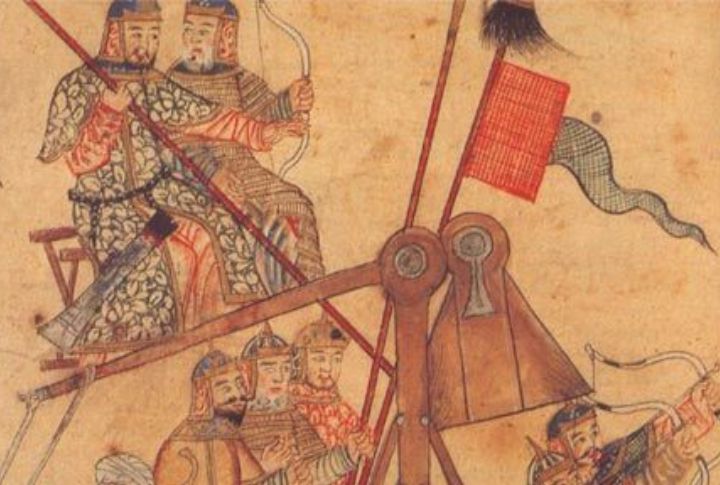
The Mongols were unstoppable until they hit Korea. Invasion after invasion, they pushed through much of Asia, but here, things didn’t go exactly as planned. The Korean response was built on brute force, mixed geography, strategy, and adaptability. This piece explores 10 smart, grounded tactics Korea used to keep the Mongols at bay.
Fortifying Ganghwa Island

In 1232, the Goryeo royal court packed up and moved straight to Ganghwa Island. The island’s surrounding tides and natural cliffs made a direct assault nearly impossible. Mongols tried, and failed, repeatedly. The fortified capital stood its ground. Over time, Ganghwa stood as a symbol of enduring sovereignty.
Using Guerrilla Warfare In The Mountains

What do you do when facing the world’s most fearsome cavalry? You make sure they never see you coming. Korea’s fighters turned their steep hills into hidden battlegrounds. Mongol horses couldn’t travel narrow paths or rocky ridges. The locals knew the terrain, the shortcuts, and the weather.
Exploiting Naval Superiority

While Mongol armies advanced inland, Korea’s navy remained untouched. Unlike their land counterparts, Mongol commanders couldn’t dominate at sea. Korean ships navigated the coastal waters with ease to isolate invaders and block supplies. Movement between strategic points continued unhindered by sea.
Constructing Stone Defensive Walls
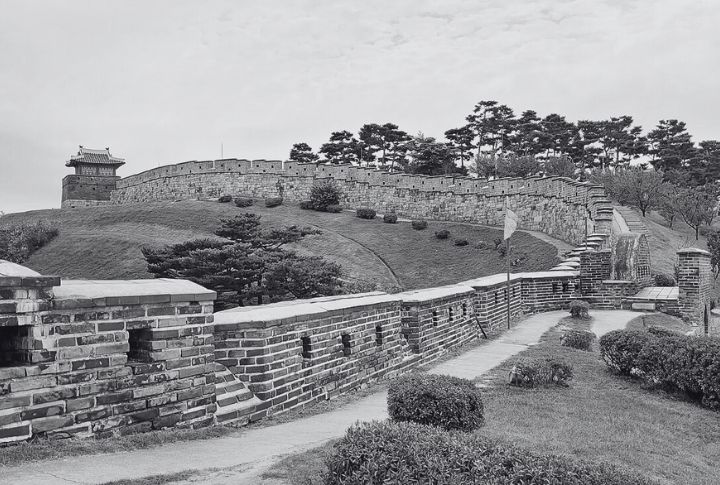
Across cities and even monasteries, Goryeo fortified its perimeter with thick stone defenses. In 1232, Cheoin Fortress successfully repelled a fierce Mongol siege. Some structures stood so firm that attackers torched everything in fury. Those fortresses were the last word in resistance, built to outlast war itself.
Leveraging Religious Sanctuaries
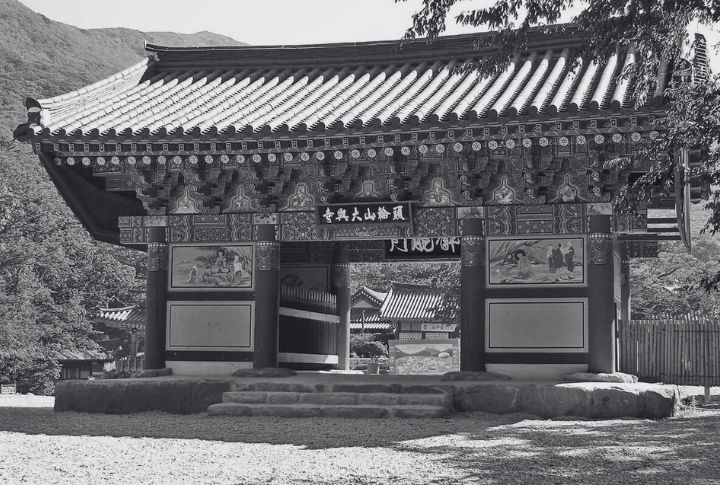
Temples turned into tactical hubs. High in the mountains, sacred spaces like Daeseungsa offered more than prayers. Monks became couriers and even soldiers. Their sanctuaries became meeting points for resistance networks. As defenders held the line, Korea’s spiritual centers became the beating heart of a very earthly struggle for survival.
Assassinating Mongol Leaders
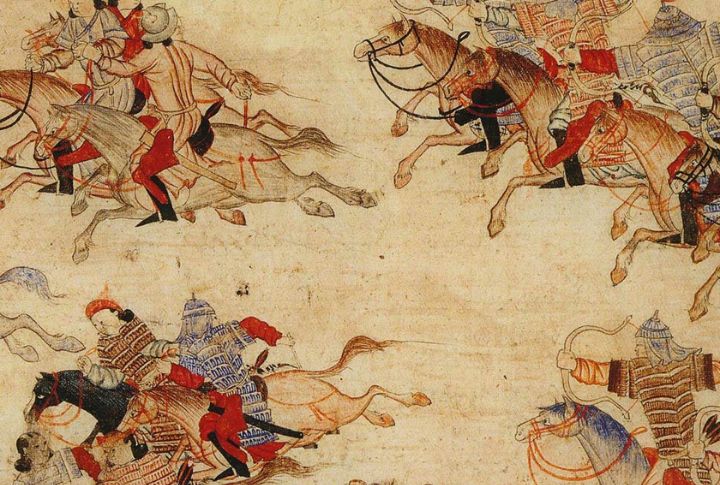
At Cheoin Fortress, in 1232, the tide briefly turned. General Kim Yun-hu struck down Mongol commander Sartai during battle. The shock rippled through Mongol ranks, delaying further attacks. It was rare to see a general fall in combat, especially one from the Mongol side.
Deploying Fire Arrows And Siege Defenses
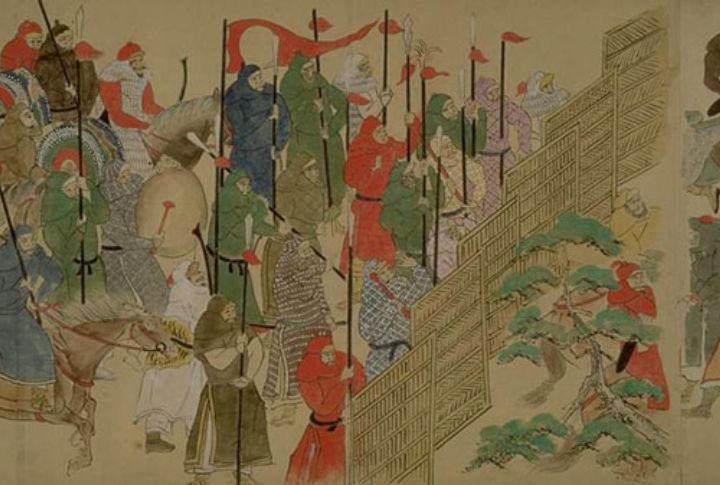
Defenders threw a storm of fire arrows and wooden traps. Mongol siege towers didn’t handle flames well. These weapons were Korean-crafted innovations. Some even predated similar tech in the West. The flames sparked fear. Every Mongol advance risked being scorched, both in the field and in memory.
Negotiating Strategic Surrenders
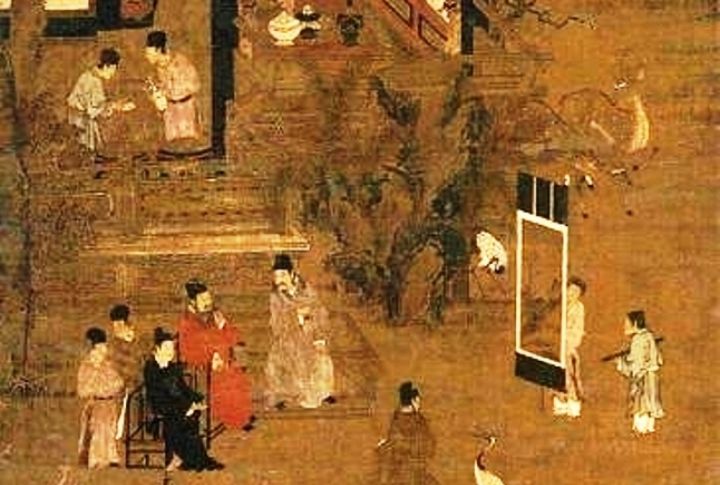
At times, Goryeo offered limited surrenders. Agreeing to terms allowed time to regroup or rest. Mongol leaders weren’t always sure what to make of these mixed signals. The balance between diplomacy and deception kept the enemy guessing and gave Korea one more card to play in a long and uneven match.
Mobilizing Civilian Militias
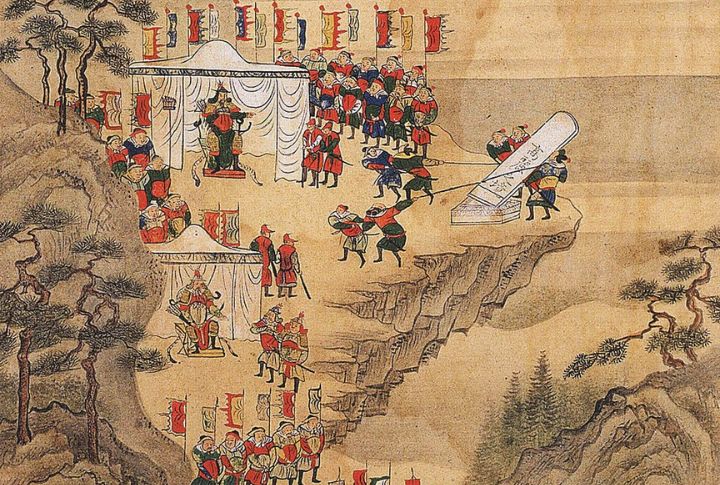
In the countryside, the defense didn’t always wear a uniform. Local farmers and townsfolk formed impromptu militias to protect their homes. These civilians coordinated with formal troops and formed a patchwork of unpredictable resistance. For the Mongols, the front line was everywhere they stepped.
Withstanding Repeated Invasions
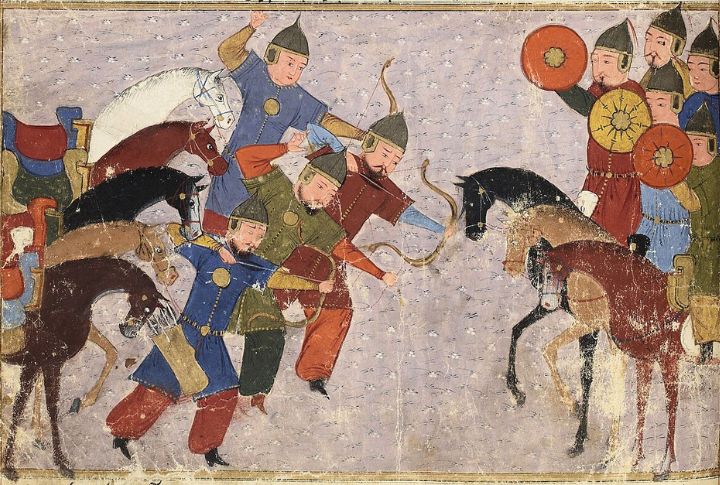
The Mongol invasions came again and again. Six major campaigns battered Korea between 1231 and 1259. Still, the kingdom held its core. Through scorched earth and shattered towns, Goryeo kept its crown intact. Eventually, even the Mongols had to recognize that sheer force wasn’t enough.

